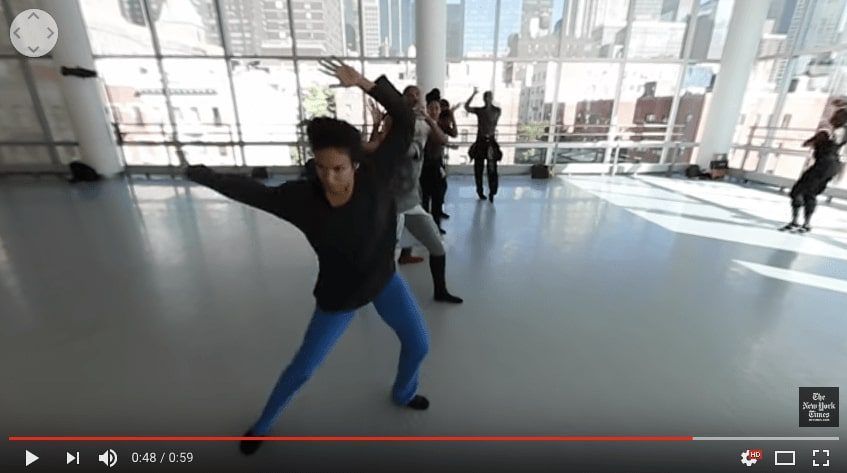Have you been diagnosed with FOMO? Everybody who owns a smartphone is familiar with this Fear Of Missing Out and is searching for ways to stay up-to-date. If we could, we would prefer to be at multiple places at once, to experience everything live. Unfortunately, this still seems impossible. Or is it? The emergence of 360 video was already a step in the right direction to make you feel present. Now, the big players in social media are busy outwitting each other to take it to the next level, introducing: live 360 videos.
What is 360 video?
Let us take a step back for a second. What actually are 360 videos? You might have noticed that some videos on YouTube or Facebook have a menu of arrows in the corner of the screen. Viewers are able to adjust their view by clicking on these arrows. These videos are recorded with a special camera, which is positioned in the middle of the room and records images in 360 degrees. Curious about what is happening behind you? Just click on the arrow to the right or the left and you have the possibility to look all around you. A mobile device makes it even easier: you just move your device around to switch the view accordingly.
A good example of 360 videos are those made by The New York Times. They upload 360 videos multiple times a day, under the header ‘The Daily 360’. The videos differ greatly in terms of content. In one you are watching the sunrise all over the world, and in the next you are looking at a dance company rehearsing.

Viewers experience 360 videos as innovative and immersive. They feel more involved in 360 videos and are tempted to keep watching. There is a high level of interaction, as you become the director and decide what happens on the screen.
Livestreams on social media
Social media users like to be up-to-date on everything, instead of watching something that happened a week ago. There used to be specific channels for live video, such as Meerkat and Periscope. Now, there seems to be a shift happening towards more established social media channels, such as Facebook Live and Instagram Live. For example, here in the Netherlands there is a very popular Dutch television show, ‘Wie is de Mol’. They presented the participants and location to the press, while simultaneously streaming the event live on Facebook, allowing viewers at home to watch along.
Now, it is key to combine live and 360 to make one successful video format. 360 cameras keep evolving. They used to be quite expensive and static, but currently they are decreasing in size, making them cheaper and user-friendly. Think of the Samsung Gear, which includes a camera that has the size of a webcam. These small cameras make it easier to record live on location. The social media platforms are slowly preparing for live streams of 360 videos. You are you up-to-date, and at the same time it is almost like you are there when it happens. Late 2016 all the platforms announced the possibility of live 360.
YouTube was the first in November 2016, with the introduction of live streaming high-resolution videos, both regular and 360. Not long after, Facebook introduced Live: 360 with a live video they made in cooporation with National Geographic. This video showed scientists emerging form so-called ‘pods’ that simulated life on Mars. As the article stated:
“Live video on Facebook gives people an immediate, authentic window into what’s happening in the world right now; 360 video immerses viewers fully into the scene, letting them explore on their own and experience a new environment”
And last but not least, Twitter announced the option of live 360 on their Periscope blog. They describe these broadcasts as: ‘When they smile, you’ll smile, and when they laugh, maybe you’ll laugh too’. However, all three platforms do state that they are still testing live 360 amongst small groups of users.
What’s next for live 360?
The concept of live 360 has seen the light, but still has room to grow. The technology seems ready and broadcasting is possible. Now it is a matter of waiting to see how it will develop and how companies will implement it in their marketing strategy. Imagine letting people experience the launch of a new product. Or people attending an open house in live 360? These videos are only the beginning of a revolution in online video. Did someone say live virtual reality?



